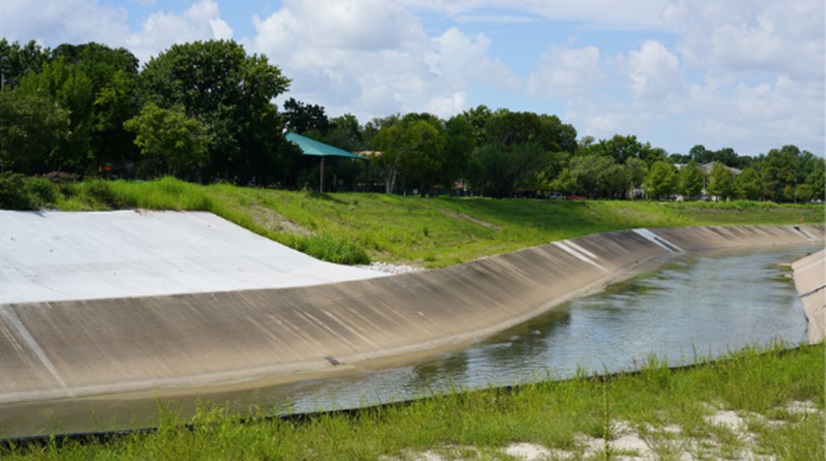Erosion is a significant concern in residential areas, affecting landscapes and property values alike. This natural process can lead to the loss of soil, damage to foundations, and unsightly landscapes. Implementing effective erosion control in Sandy Springs is essential for homeowners aiming to maintain the integrity of their properties and foster healthy environments.
Identifying Erosion Issues
Erosion manifests in several forms, including soil displacement, gullies forming on slopes, and sediment accumulation in low-lying areas. These signs indicate that water or wind is removing soil, which can lead to destabilized foundations and compromised plant health. Early detection is crucial in addressing these issues before they escalate into more severe problems.
Causes of Erosion in Residential Areas
Numerous factors contribute to erosion in residential settings. These include inadequate drainage, deforestation, improper landscaping practices, and construction activities. Hard surfaces, like driveways and patios, can also exacerbate erosion by preventing water from soaking into the ground, thus increasing runoff.
Effective Erosion Control Techniques
Implementing strategies to control erosion involves a combination of landscaping techniques and structural solutions. Vegetation plays a crucial role in stabilizing soil, as roots bind the soil together and absorb excess water. Planting ground cover, shrubs, and trees can be effective in reducing erosion naturally.
For more immediate solutions, installing retaining walls and terraces can help manage slopes and prevent soil from shifting. Additionally, incorporating the basics of erosion control into landscaping plans ensures that these measures are both functional and aesthetically pleasing.
Importance of Proper Drainage
Adequate drainage is vital in managing erosion effectively. By redirecting water away from vulnerable areas, homeowners can significantly reduce the risk of soil displacement. French drains, swales, and rain gardens are excellent options for managing water flow and enhancing landscape resilience.
Also read: Effective Maintenance Strategies for Residential Drainage Systems
Regular Maintenance and Monitoring
Ongoing maintenance is essential in ensuring that erosion control measures remain effective over time. This includes regular inspections of drainage systems, retaining structures, and vegetation health. Addressing minor issues can help prevent more extensive damage and maintain the landscape’s integrity.
Professional Assessment and Assistance
Engaging with professionals for an erosion assessment can provide valuable insights into the specific needs of a property. Experts can recommend tailored solutions that address both current issues and future risks, ensuring long-term protection. A professional evaluation can be particularly beneficial for properties with complex landscapes or significant erosion challenges.
Environmental Considerations
Beyond individual properties, effective erosion control contributes to environmental sustainability. By preventing soil loss, these measures support local ecosystems, preserve biodiversity, and protect water quality. Implementing eco-friendly practices in erosion management benefits both the homeowner and the broader community.
Conclusion
Addressing erosion problems in residential areas is crucial for maintaining property value, landscape beauty, and environmental health. By recognizing the signs of erosion early and implementing appropriate control measures, homeowners can protect their investments and contribute to a more sustainable environment. Whether through natural solutions or professional assistance, effective erosion control is an essential component of responsible property management.

